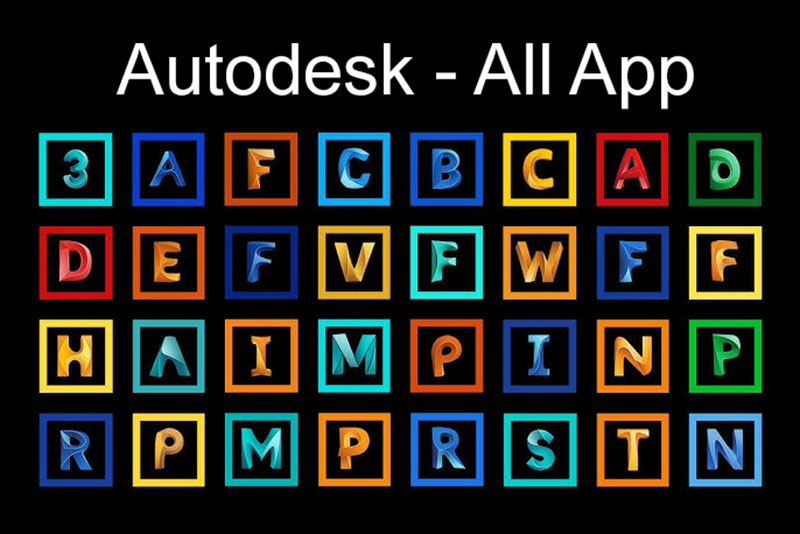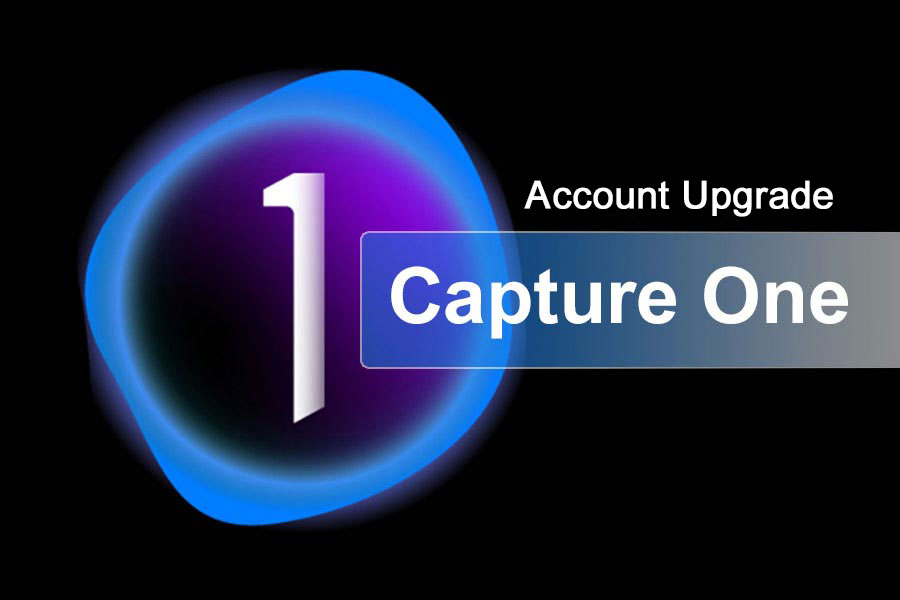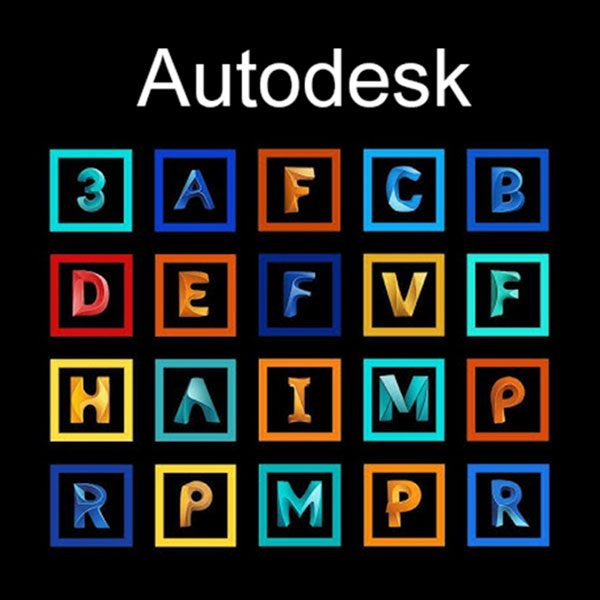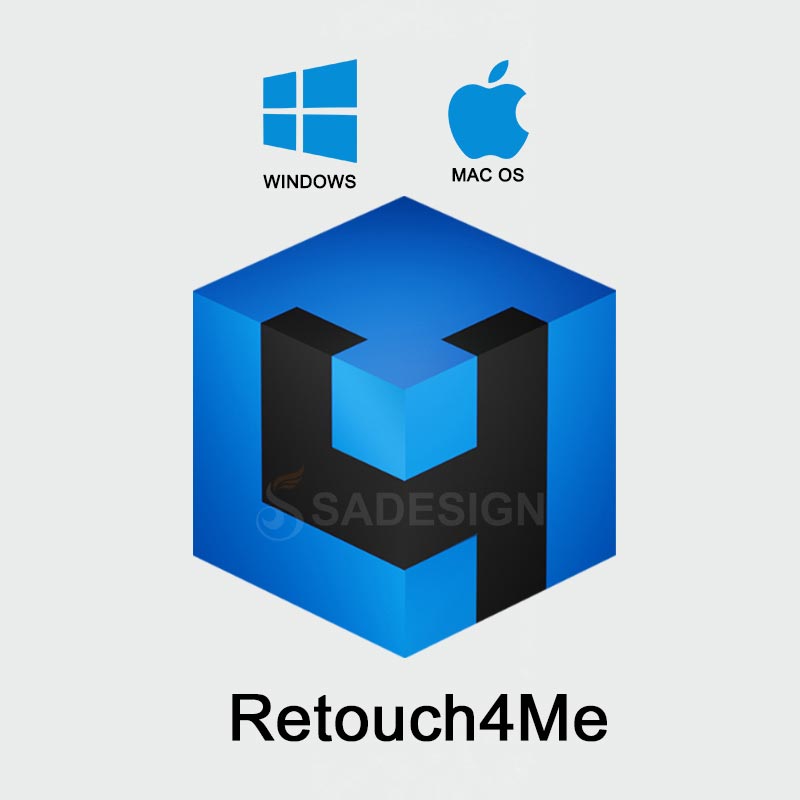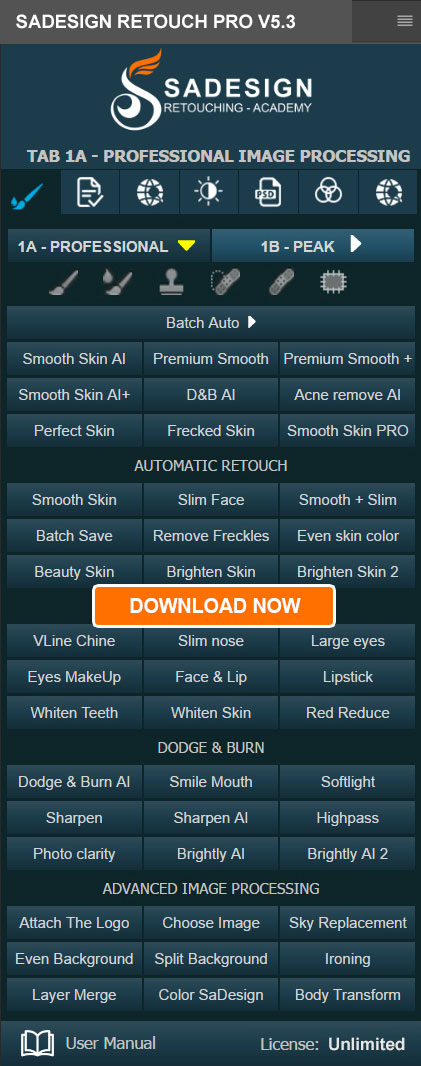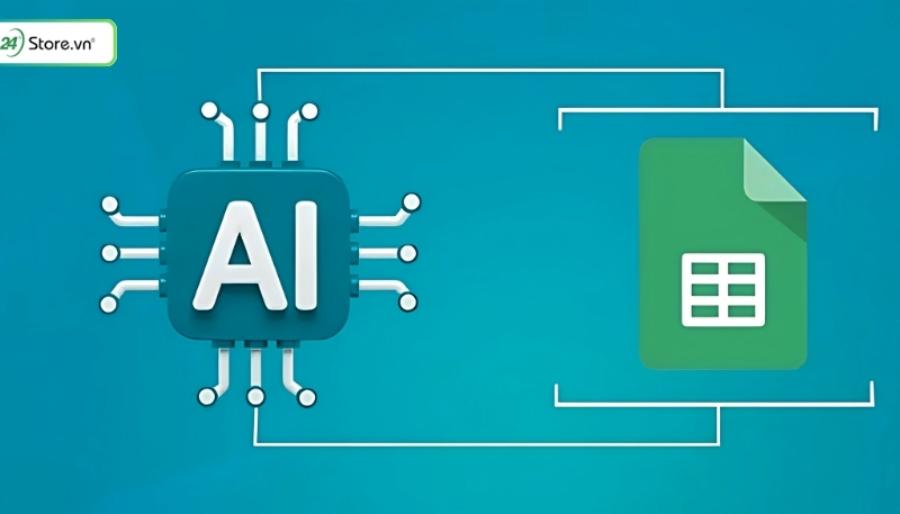Best Selling Products
Material Discovery Could Make Computers and Smartphones 1,000 Times Faster
Nội dung
Recently, a study that shocked the technology world revealed the potential to help computers and phones achieve processing speeds 1,000 times faster than current through a method of controlling quantum materials with light.

We live in an age where every second counts. Whether at work, at school, or at play, users expect maximum performance from their devices. But despite the incredible advances in software and hardware, electronic devices like computers and smartphones still face a major hurdle: the physical limitations of semiconductor materials, specifically silicon.
Since its commercialization in the last century, silicon has been the mainstay of the microchip industry. However, with ever-increasing demands on speed, processing power, power consumption, and miniaturization, researchers are forced to look for breakthrough solutions that go beyond the traditional framework. And one of the most promising directions is quantum materials.
A recent study that has shocked the technology world has revealed the potential to help computers and phones achieve processing speeds 1,000 times faster than they are now through a method of controlling quantum materials with light. At the heart of this research is the material 1T-TaS₂, which was once limited to extremely cold temperatures, but can now operate stably near room temperature for long periods of time. This achievement is not only theoretical but also opens the door to realizing super-fast devices in the near future.
1. Revolution from the atomic level
To understand the importance of this research, we need to look back at the nature of quantum materials and why they are “good candidates” for the post-silicon era.
Unlike conventional materials, quantum materials possess unique electronic states governed by quantum mechanics, a field that studies the behavior of matter at the subatomic level. In these materials, electrons do not simply move freely, as in metals, or are locked in place, as in insulators, but can “tune” their behavior in strange ways: becoming either conductive or insulating depending on environmental conditions.
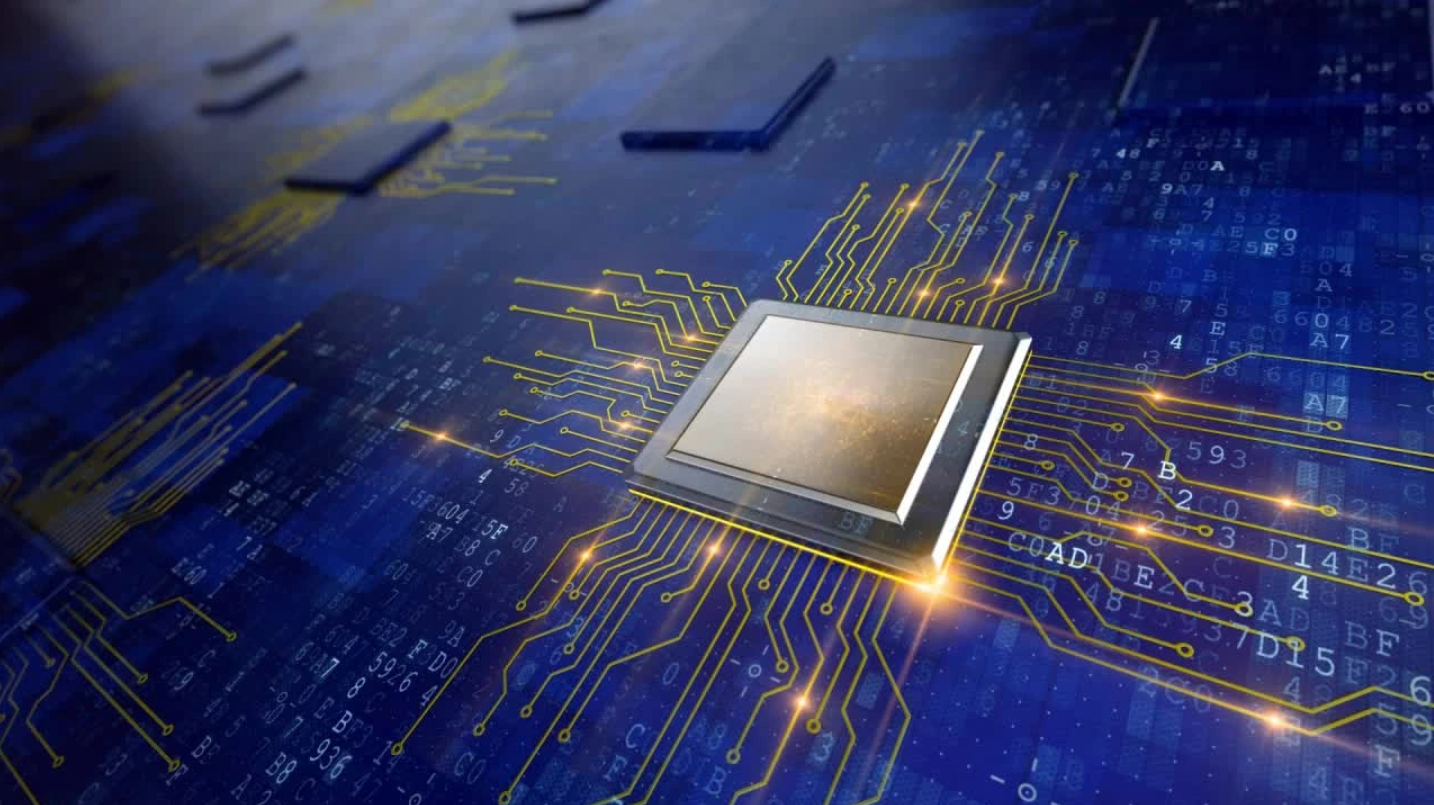
This is exactly what happens with 1T-TaS₂, a transition metal dichalcogenide (TMD) material where electrons form patterns called “charge density waves” (CDWs). Depending on the arrangement and frequency of the CDWs, the material can behave either as a conductor (a metal) or an insulator. This ability to change states makes it an ideal candidate for use in electronic devices that can be switched quickly and flexibly.
2. Two elements of heat and light to control the material
In the past, the transition of 1T-TaS₂ could only occur at extremely low temperatures, close to absolute zero. However, recent research has changed the game. Instead of relying on temperature alone, scientists have combined sophisticated temperature control with light to control the material efficiently and sustainably.
The thermal cooling method developed by the team is not a conventional cooling process. It requires extreme precision in heating the material to a specific temperature and then cooling it at a precisely controlled rate. This process allows the electrons in 1T-TaS₂ to form a CDW pattern in which the conduction states are “locked in” and stabilized at near room temperature, a feat that previously only lasted for fractions of a second.
What’s more remarkable is that the team didn’t stop at thermal control. They used light pulses to “trigger” electronic state transitions, similar to how transistors work but millions of times faster. The combination of light and the CDW model created a new way of controlling things, without the need for multiple layers of materials, without the need for complex interface circuits, just a single material and light. This is unprecedented in modern electronics technology.
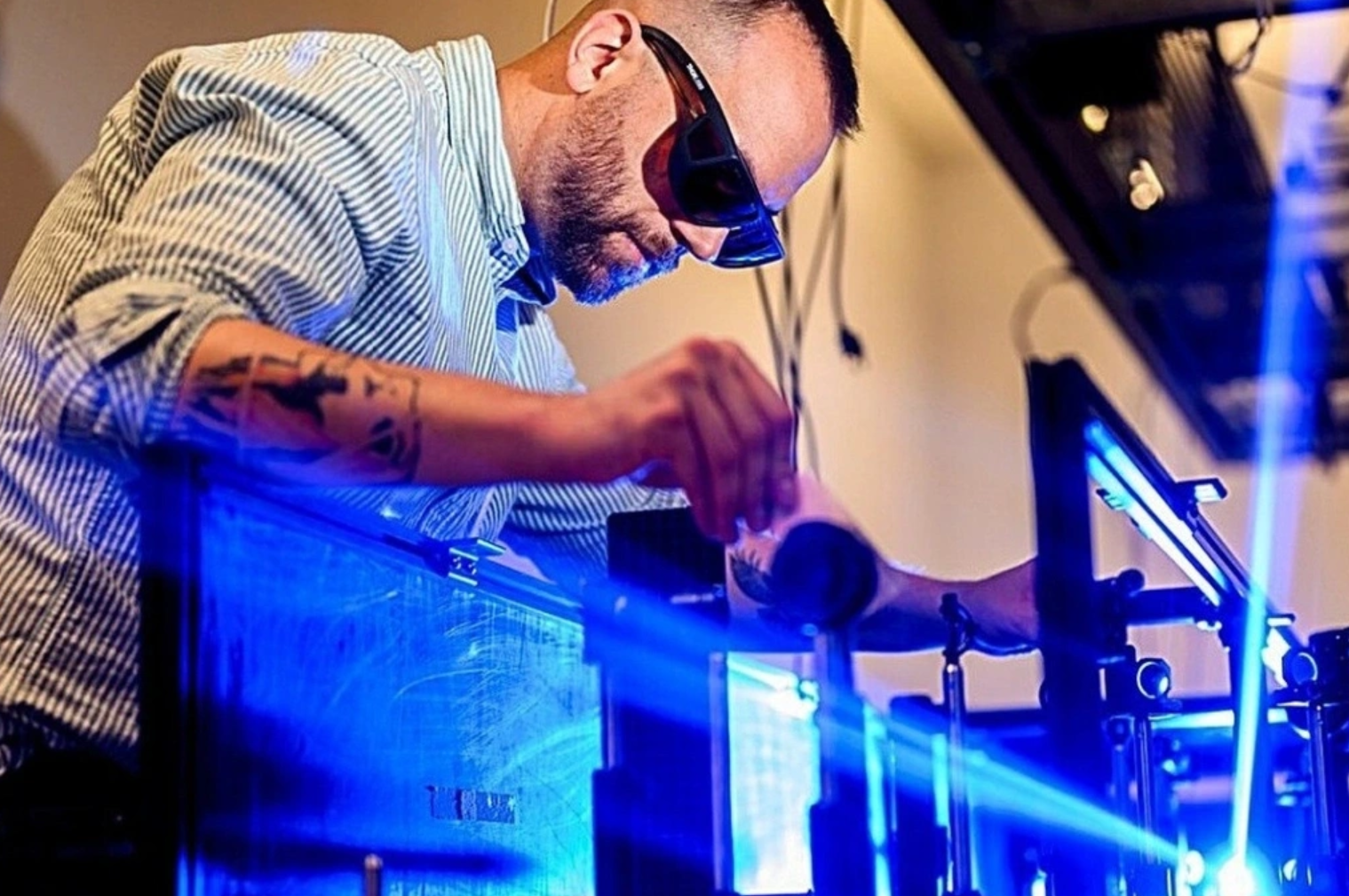
3. From gigahertz to terahertz, the quantum leap in speed
One of the metrics used to measure the processing speed of electronic devices is frequency, usually measured in gigahertz (GHz). Today's high-end processors operate at around 3–5 GHz, meaning they can perform around 3–5 billion cycles per second. But as research into 1T-TaS₂ is completed, the potential processing frequency could reach terahertz (THz), which is trillions of cycles per second.
This is not just a leap in numbers, but a revolution in data processing capabilities. With this technology, all operations of calculation, storage, and transmission of information can be performed almost instantly. Processes that used to take seconds can be reduced to millionths of a second. Artificial intelligence, real-time 3D simulation, 16K video streaming, and even quantum computing will all benefit directly from this change.
“Anyone who has ever used a computer has at some point wished they could load data faster,” said Gregory Fiete, a physicist at Northeastern University. “We are using light to control the properties of materials at the fastest speeds that physics allows.” The claim is not just academic, but also lays the groundwork for a new generation of devices.
4. Beyond the Limits of Silicon
One of the inherent weaknesses of silicon is the complexity of its fabrication structure. To create a transistor, one needs many layers of material, many processing steps, and space to integrate the control circuit. This not only increases the manufacturing cost but also limits the ability to scale down and the overall performance.

Research with 1T-TaS₂ shows the opposite: a single material that acts like a transistor but is controlled by light. Without the need for multiple layers of semiconductor material, without the need for complex circuitry, this simplicity opens up new avenues for next-generation electronic devices. What’s more, this control method is effective over a wider temperature range, meaning that the devices can operate reliably under normal conditions, even when integrated into smartphones, laptops, IoT devices, or large-scale server systems.
“We have eliminated one of the biggest technical challenges by integrating everything into a single material and replacing the interface with light,” Professor Fiete emphasized. This is not just an improvement, but a complete reshaping of the way we build electronics.
5. What is the future for computers and phones with 1,000 times the speed?
If this technology is successfully commercialized, we will see profound changes in most areas of technology:
-
Mobile devices: Phones will handle heavy tasks, video editing, AI, high-graphic games… in a snap, while saving more battery due to superior performance.
-
Personal computing: Computers will no longer be limited by current processors. Big data processing, AI, machine learning, physics simulations… will become instantaneous, accurate and smooth.
-
Data centers and servers: Optimizing performance per chip area reduces heat load, saves power and maintenance costs, and means greater scalability.
-
Quantum computing and AI: Current models that require high-performance GPUs or specialized AI chips can run directly on new material quantum chips, at unprecedented speeds.

6. Conclusion
Many people still believe in quantum computing as the answer to the future, but the reality shows that not only quantum computing but also new material innovation is the necessary foundation. The breakthrough from 1T-TaS₂ material is not simply an academic research, but the first step on the journey to turn the limits into the starting point for a completely new technological era.
The key to 1,000 times faster computers and phones is no longer a dream. It exists in the labs, tested, proven, and ready for the future. It’s just a matter of time before manufacturers, engineers, and tech companies start realizing this potential on a global scale.
And when that happens, we will be the first to feel the change, from every touch of the screen, every line of code, to every second of data transmission at the speed of light.



